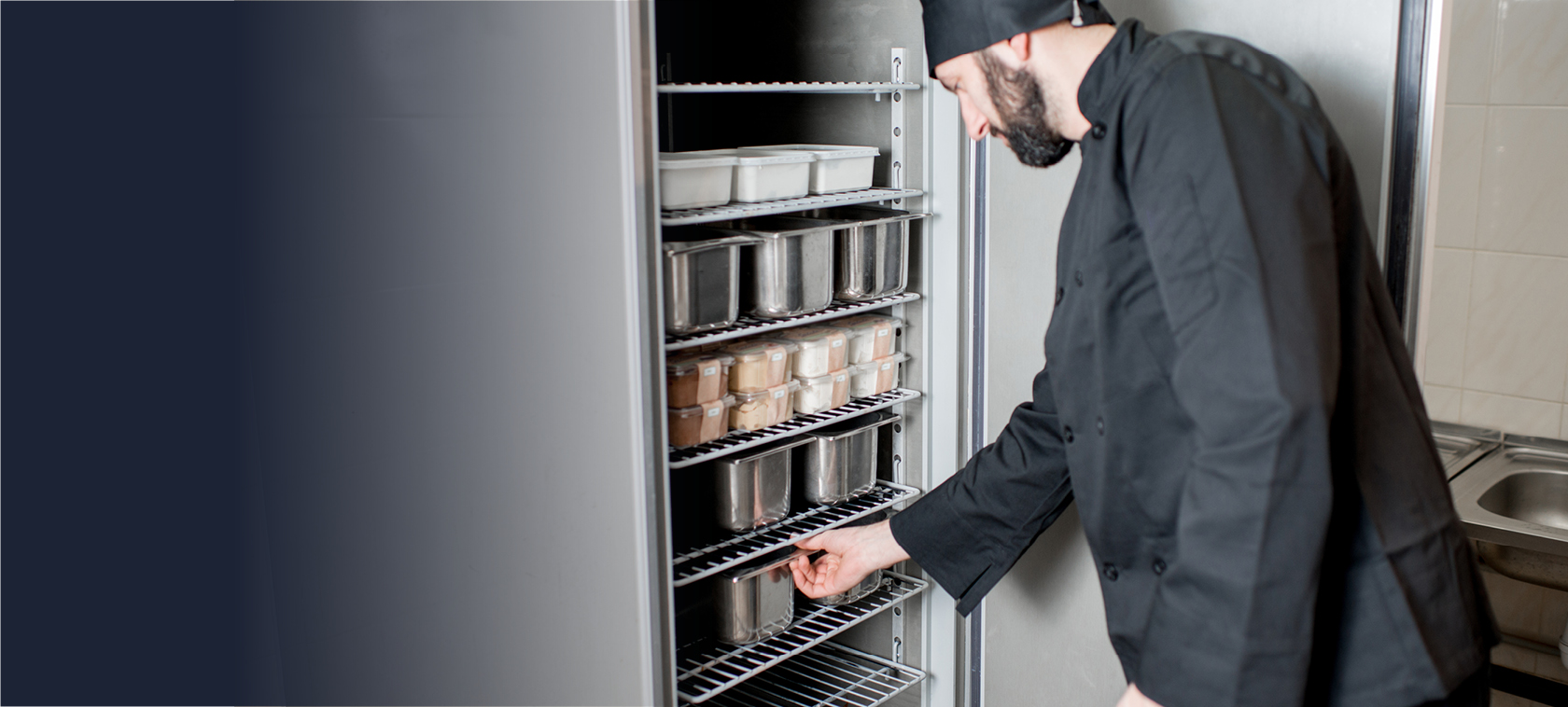As hospitality venues reopen, many colleagues will be returning to work after a period being on furlough. This means staff may be slightly rusty in certain skills that were previously second nature.
This is of particular concern when it comes to knife safety and those using knives on a regular basis. While chefs are working, knife skills become a muscle memory, however after such a significant period of time off, reflexes may not be as sharp, and require re-honing.
Unless controlled adequately, using a knife is a high-risk activity in kitchens. This was seen first-hand (or first-finger), a few years ago on Saturday Kitchen, with chef Donal Skehan slicing open his finger during what he aptly described as ‘live television with very sharp knives’. Similar dangers have also become apparent through the introduction of new medical term ‘avocado hand’, termed as such after a top British surgeon, Dr Eccles, revealed that he treats up to four people a week for deep lacerations inflicted while attempting to cut an avocado. Dr Eccles thinks that avocados should carry warning stickers to minimise these incidents. You have been warned!
Here at Shield Safety, our Safety Advice Line team receives on average 40 cases a month relating to knife accidents. Similarly, to Donal’s case, most of these incidents involve fingers. It is rare that these types of injuries need much more than a plaster, worst case scenarios may involve the victim needing stitches and therefore it is unusual for these injuries to be RIDDOR reportable. This could present some confusion when we’ve stated that using a knife is a high-risk activity, yet they lead to minor injuries. It’s very important to remember that the minor injuries our team encounter are mostly incurred within a controlled situation. Without suitable control measures in place, the results of a knife accident could be far worse.
As stated by the HSE, as an employer ‘you must ensure that your employees are kept safe from harm so far as is reasonably practicable.’ To do this, you must assess the risk of your employees being cut by knives and take reasonable precautions.
All employees must be trained in the areas that impact their role – such as food safety or knife safety for chefs. It is recommended that a record of this training is maintained, ideally with a knowledge test or an observation of the task being completed.
Have you got adequate control measures in place in your business?
Identify any hazards
Hazards of using knives may include:
• Cuts/abrasions
• Amputation of digits
• Accidental stabbing
Decide who could be harmed and how
The HSE highlight that accidents involving knives are common in the catering industry. They usually involve cuts to the non-knife hand and fingers but can lead to injuries on the upper arm and torso.
Example groups at risk include:
• Kitchen staff
• Bar employees
Evaluate the risks and consider controls
Practices that may result in the hazards include use, cleaning and/or carrying of knives or sharpening the blade.
Control measures for knife use can include:
• When not in use, knives should be placed at the side of the chopping board, in the block or on the magnetic storage system (if used). They should be placed flat and the blade must not be exposed upwards or outwards
• When carrying a knife across a busy area, it must always be held down and never extended outwards away from the body
• Never allow knives to project over the edge of a work surface or leave them where they may be covered by other objects
• Select the correct knife for the correct job and do not use blunt knives
• Sharpen knives frequently to ensure they are not blunt
• Always hold the handle firmly, never allowing any part of the hand to touch the blade
• Keep handles of knives clean and dry, especially keeping the handle free from grease
• Never leave knives in a sink of water
• Do not leave sharp knives e.g. bread knives in guest areas where children may be able to pick them up
• Consider the location of knife use and whether the user may be knocked by other people or doors etc
• Cut fruit or vegetables in half to create a flat base for further chopping and slicing, do not attempt to cut items that may unexpectedly move unless they are secured with your other hand or another implement (such as a fork)
Additional control measures specific to your operating procedures should also be considered.
Next steps
Your next steps will be to then record the findings and implement them, check that reasonably practicable control measures are in place and review your risk assessment every year (or earlier, such as when an accident occurs or procedures change). Having an adequate risk assessment in place, with it fully implemented and followed, can reduce the risk of knife activity down to a medium.
The high number of cases that we experience each month show that accidents can still happen, however, an adequate risk assessment is a good starting point to protect your employees and in turn, yourself.
It is vitally important that staff are suitably trained in knife safety, and that you make it clear to staff and customers that safety is your top priority. So, remember to follow these knife safety controls to protect your staff and reduce accidents. For further official guidance and help contact us here



